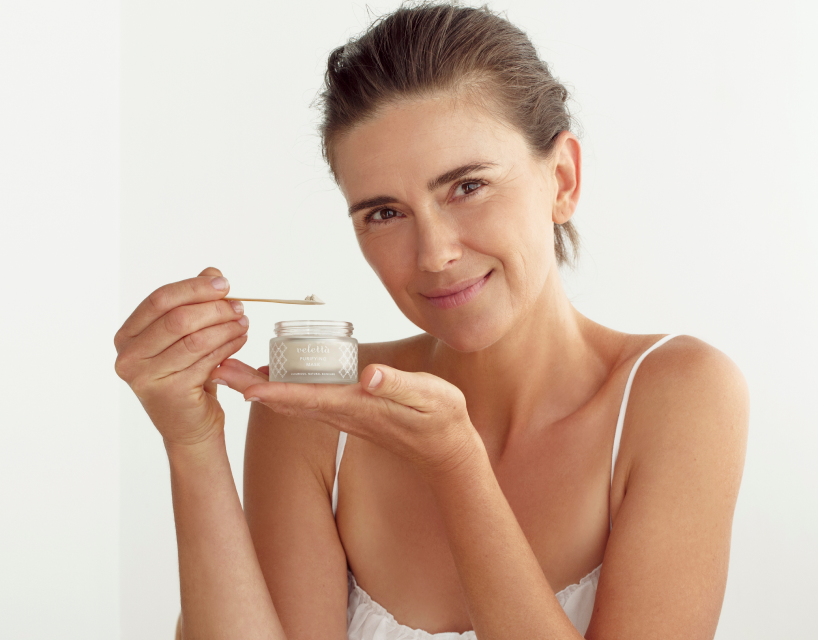Perioral dermatitis is a facial rash that tends to occur around the mouth, eyes, and sometimes the nose. It is characterised by small, red, pus-filled bumps and can be accompanied by mild itching or burning sensations. It can be mild, but equally, it can be severe and very difficult to live with. The exact cause of perioral dermatitis is not well understood, but it is believed to be related to factors such as the use of topical steroids, hormonal changes, certain skincare products, and sometimes dental products containing fluoride.
If you suspect you have perioral dermatitis or are experiencing symptoms, here are some general guidelines on what to do:
Consult a Dermatologist: It's important to seek professional medical advice. A dermatologist can accurately diagnose perioral dermatitis and recommend an appropriate treatment plan based on the severity of your symptoms.
Discontinue Steroid Use: If you have been using topical steroids on the affected area, your dermatologist may advise you to stop using them. Abruptly stopping steroid use can lead to a temporary worsening of symptoms, known as a rebound effect, but this is a necessary step in treating perioral dermatitis. Our perioral dermatitis was first triggered by steroid nasal spray.
Avoid Triggering Products: Identify and avoid skincare products that may be contributing to the condition. This may include certain moisturisers, cosmetics, or dental products containing fluoride. Non-comedogenic and fragrance-free products are generally recommended.
Gentle Skincare Routine: Use a mild, non-soap cleanser and lukewarm water to wash your face. Avoid harsh scrubs, exfoliants, and astringents, as these can exacerbate the condition. We have found Velettà Nourishing Moisturiser to be a saviour.
Oral or Topical Antibiotics: In some cases, a dermatologist may prescribe oral or topical antibiotics to help reduce inflammation and control the growth of bacteria. Commonly prescribed antibiotics include tetracycline, minocycline, or doxycycline.
Maintain Good Oral Hygiene: If dental products are suspected triggers, consider switching to fluoride-free toothpaste and maintaining good oral hygiene.
Avoid Triggers: Identify and avoid other potential triggers, such as spicy foods, hot beverages, and extreme weather conditions.
Our Founders experience: Sarah has had POD a couple of times. She had success with a short course of small doses of Isotretinoin - prescribed by a dermatologist. She has also found Neem Oil to be a game changer for POD. She mixes pure Neem Oil with a small amount of Velettà Nourishing Moisturiser and applies it to the affected area. It immediately settles down the "burn" and takes away redness and seems to resolve the POD.
Remember, these are general recommendations, and consulting with a healthcare professional for personalised advice and treatment is crucial. Perioral dermatitis can vary in severity, and the appropriate course of action may depend on individual factors and the specific characteristics of the condition.




